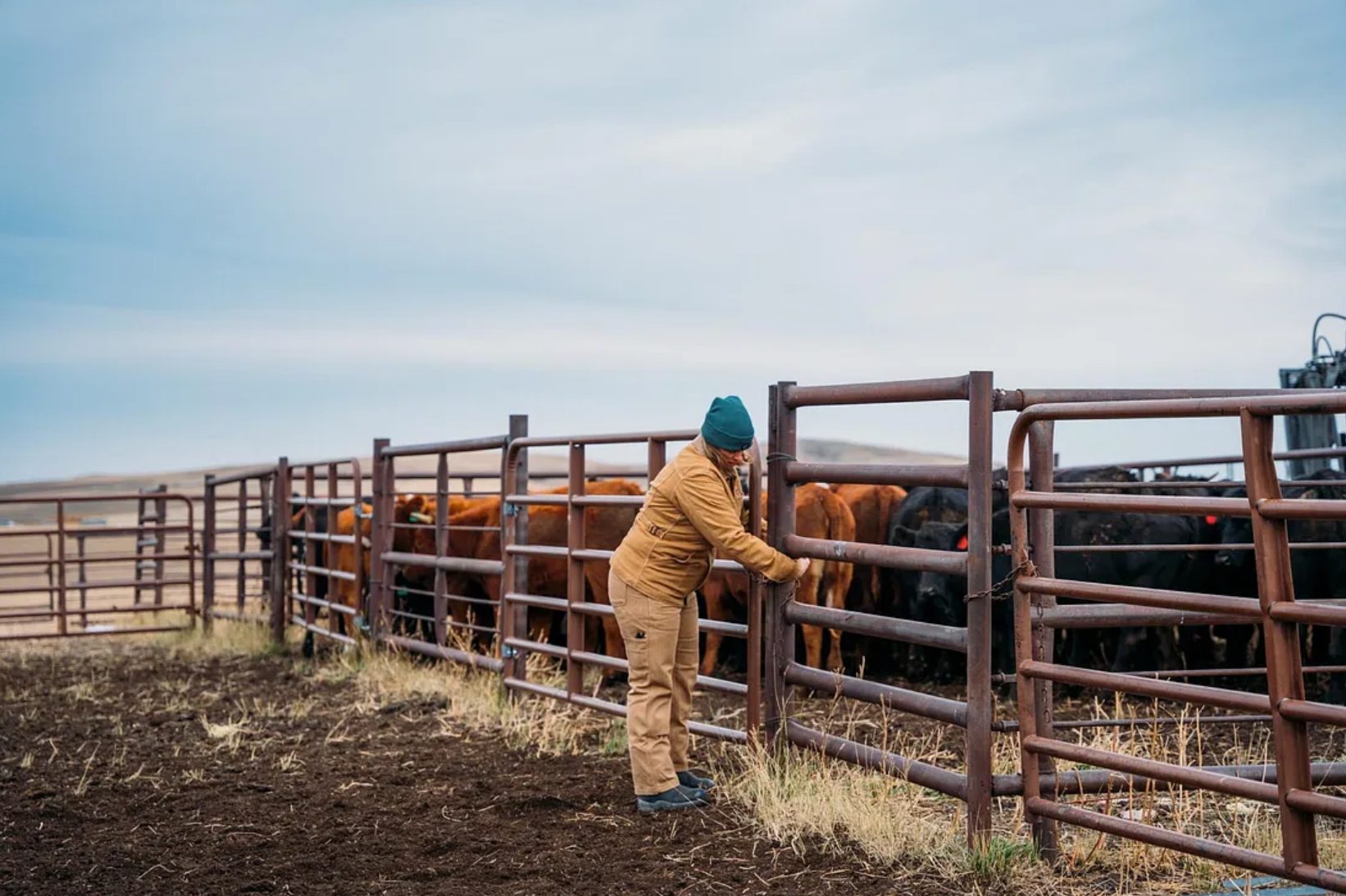Credit facility accelerates growth of regenerative farming
Mad Capital uses a $5 million credit facility from RSF to support Midwest and High Plains farmers who are transitioning to organic and regenerative practices
Prairie Grass Ranch. Photo courtesy of Mad Capital.
Improved biodiversity, carbon drawdown, rural economic development, better water quality — the impact of regenerative agriculture is powerful and systemic. And organic farming, the baseline for regenerative practice, is two to five times more profitable than conventional farming. Yet only 1% of U.S. farmland is certified organic.
A major barrier, says Mad Capital CEO Brandon Welch, is access to capital. It takes 36 months to transition a farm from conventional cultivation to the USDA organic standard. And farmers face a cash flow deficit throughout that period — typically putting them 20 percent below break-even — because they’re getting lower yields but must sell their crops at conventional prices. In these circumstances, bank financing is hard to find or drags out the conversion process at high risk to the farmer.
Welch co-founded Mad Capital to provide a solution: flexible, farmer-friendly funding at a scale that could drive a regenerative agriculture revolution. Farmers responded in droves. Now Mad Capital needs to keep the money flowing to meet growing demand.
The challenge: feeding a growing pipeline
Prairie Grass Ranch. Photo courtesy of Mad Capital.
Mad Capital became a go-to funding source for would-be regenerative farmers in about the same time it takes to transition conventional acreage to organic. Germinated at the nonprofit Mad Agriculture in 2019, Mad Capital road-tested its concept in 2020, raised its first fund and began deploying the money in 2021, and spun off as a public benefit corporation in 2022.
“We’re in 14 states, working with 50,000-plus acres,” says Welch. “We have way more demand for capital than we can meet — we have a large pipeline, and it’s growing every week.”
Mad Capital raises investor capital from family offices, foundations, and others seeking returns with impact, structuring each fund so it has the flexibility to customize loans for farmers’ needs. “The challenge is, raising that capital takes a substantial amount of time,” Welch says.
RSF’s solution: a credit facility that supports farmer loans
Prairie Grass Ranch. Photo courtesy of Mad Capital.
RSF’s long history with enterprises working toward a regenerative food system made it a natural fit for Mad Capital. “There was a lot of understanding from the get-go,” says Welch. “Because of their values alignment and because of the type of world they’re trying to create, there was a lot less education and table setting that needed to happen. We were able to get right into the nuts and bolts of how a financial arrangement would work.”
In 2023 RSF issued a $5 million credit facility, which Mad Capital is using to provide loans to farmers in the Midwest and High Plains. “This allows them to keep investing cash in their farm while they transition from conventional to regenerative organic,” Welch says, “and then when the process is complete, they can restructure the loan to align the payment schedule of the loan with the cash flow of the farm.”
From RSF’s perspective, “Mad Capital is well equipped to lend effectively to individual farmers because of its deep field expertise and connections in farming communities,” says Michael Jones, vice president of lending and business development. “Funding a specialist lender like this allows RSF to expand support for farmers who are driving the regenerative agriculture revolution.”
Results: from butterflies to balance sheets
Prairie Grass Ranch. Photo courtesy of Mad Capital.
In total, Mad Capital has funded $23 million in loans as of January 2024, and that number is on track to double by the end of the year. Loans support operating, infrastructure, real estate, and equipment needs. And borrowers don’t just get transition capital — they also get access to an ecosystem designed to address any barrier they might encounter on their regenerative path: Mad Lands assists with land and business planning; Mad Markets connects farmers with values-aligned buyers; and Mad Revolution provides community and knowledge sharing.
That level of support is commensurate with the Mad Agriculture family’s impact goals. “We are measuring whole-farm transformation, from butterflies to balance sheets,” says Welch. That means addressing soil health, plant and insect biodiversity, bird biodiversity, financial health, food quality, and water quality.
“We often say that you can’t fix a broken system with broken financing,” says RSF CEO Jasper van Brakel. “Mad Capital is ensuring that organic farmers have the same financing opportunities as conventional farmers and doing it in a way that can start to fix the food system — with financing that takes the same regenerative approach as the farmers it supports.”




